I visited the city of Christchurch twice. Although it’s the largest city on the South Island of New Zealand, and the second largest in the country, it’s not that big—the population is less than 400,000. Between those visits in 2010 and 2014, on February 22, 2011, a 6.3 magnitude earthquake damaged Christchurch, killing 186 people. When I researched the event recently for this blog, it struck me that there seems to have been a connection, perhaps a causality that affected them both, between this New Zealand quake and the 9.0 quake that shook Japan while I lived there, because it happened just a few weeks later, on March 1, 2011. (I was interviewed on Armchair Historians podcast about the Tohoku, Japan quake.) Both are on the Pacific fault line Ring of Fire.
On the road, just outside the city, a gathering of spinners, weavers, and knitters talked about their historic and artistic processes of preparing and utilizing local sheep wool in their creations.

In March 2010, a fall chill was in the air. Sandals were nowhere to be seen; jackets and sweaters were appearing. I was able to see the lovely 150-year old Cathedral intact, although some minor restoration was going on at the time. I stepped inside the Cathedral and choral music filled my ears—Evensong was just beginning!





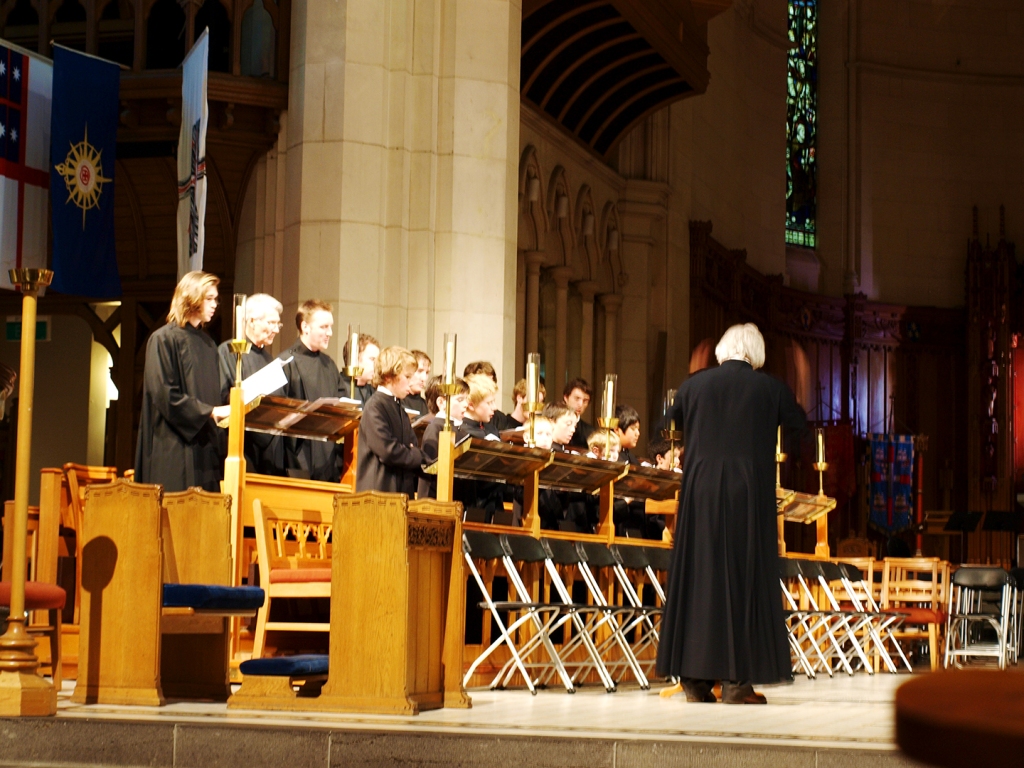
A few other sights as I walked around, some of which were damaged later by the quake. I wish I had had the presence of mind to capture those same sites on my next visit, but it didn’t occur to me at the time.





I returned to Christchurch while driving around the South Island with my son in 2014. Arguing factions debated whether to raze the Cathedral completely and rebuild to the original design or to keep and repair what was standing of the structure and build on. The latter won out, and the initial phase of stabilizing the remaining church was completed in March of 2023. The first Evensong to take place since 2011 happened soon after that in July.

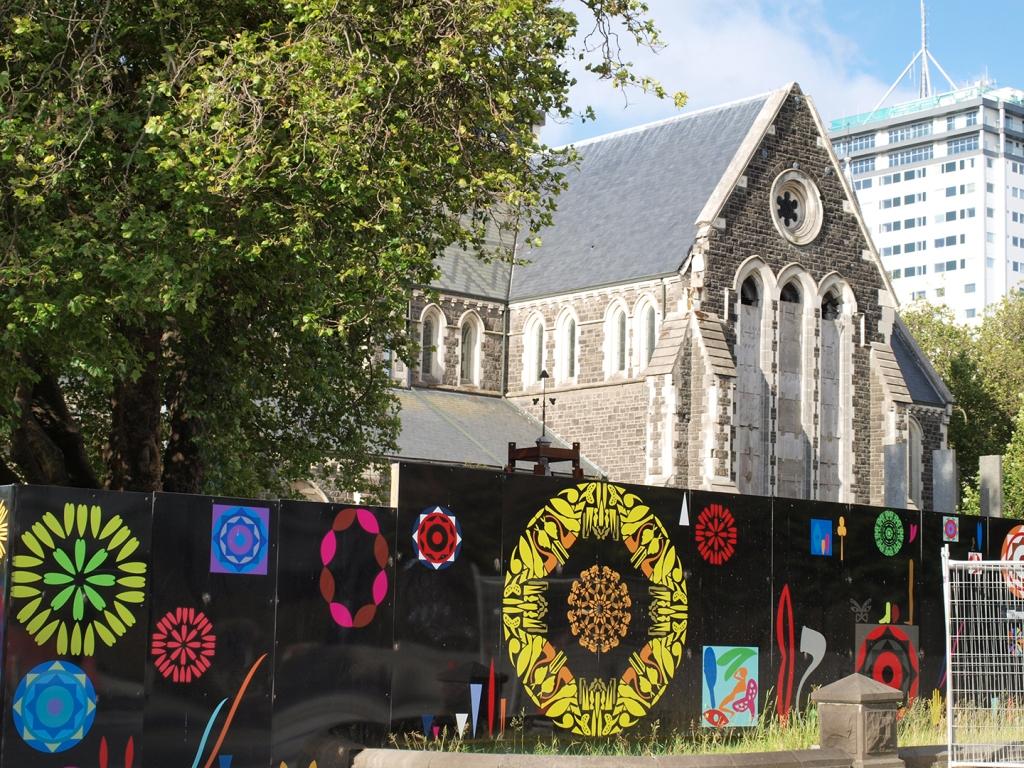


Twenty-four Japanese students, studying at an English language school, were missing, presumed dead, when the Canterbury Television building, where they were meeting, collapsed killing 115 people. There were many heart-wrenching memorials to the earthquake victims around town, the loss to the community palpable.



A visit with a Japanese friend, now living in NZ.

It’s still a vibrant city, as the street art attests.


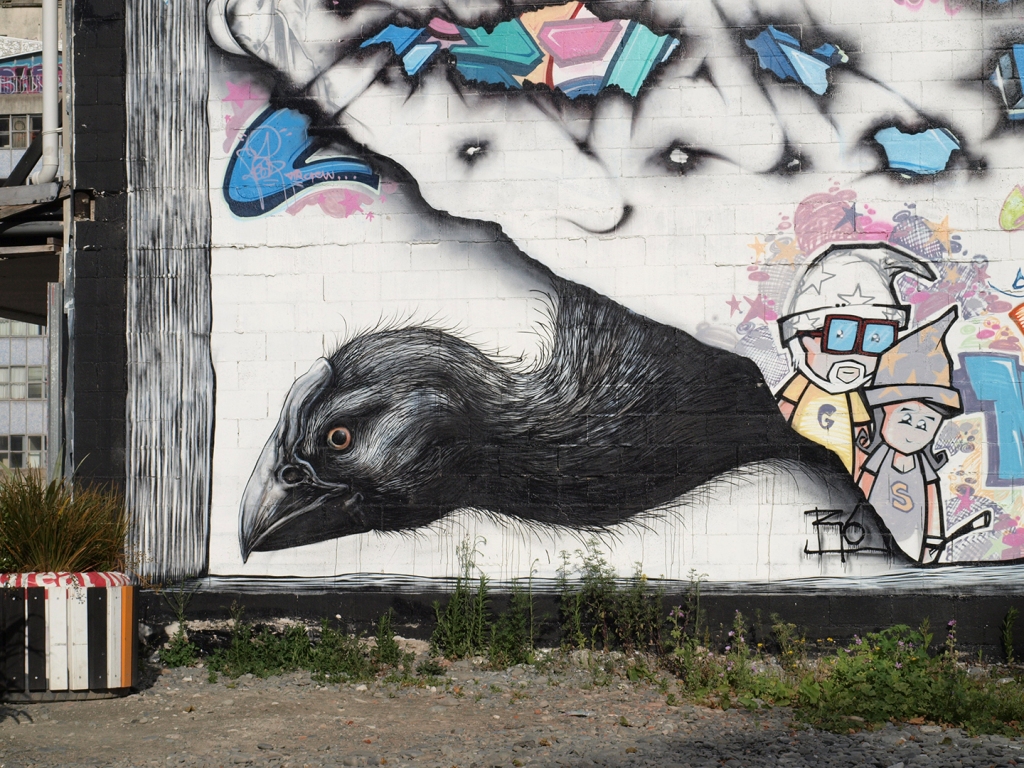
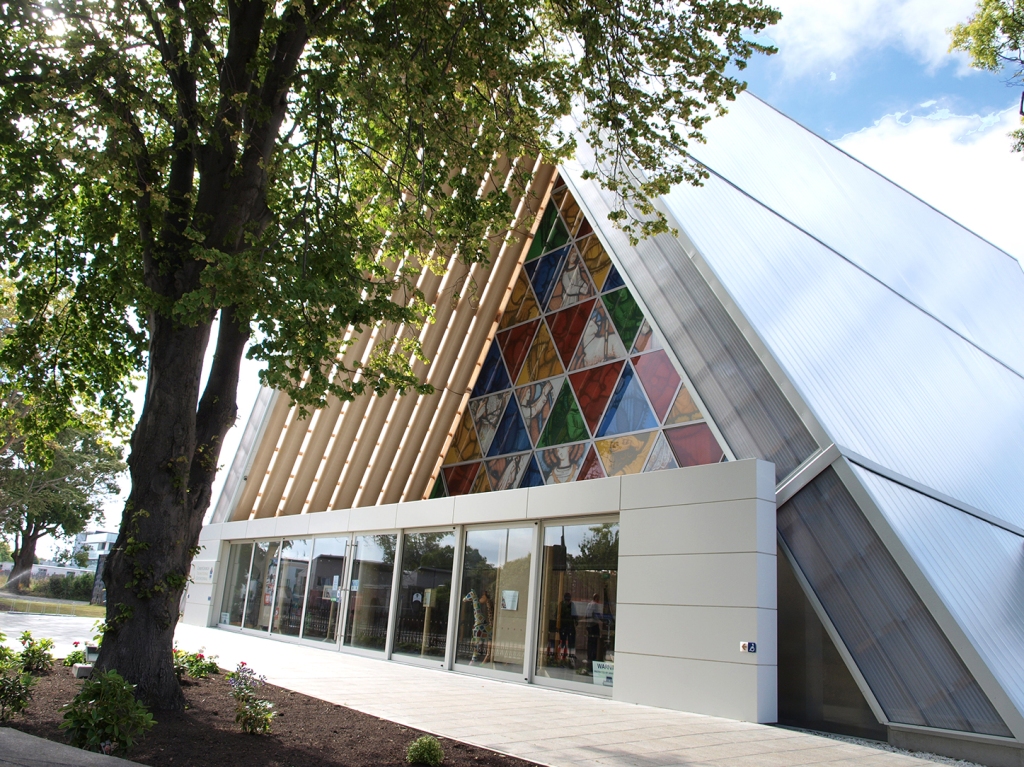

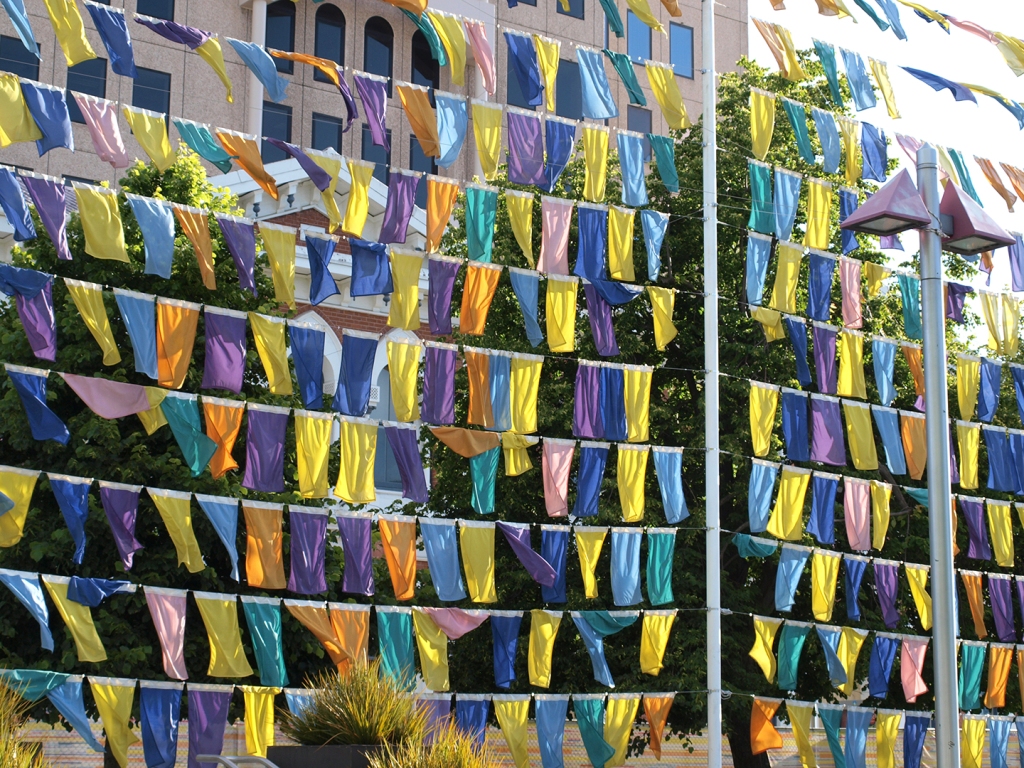
And chess is still popular.

New Zealand
North Island: Auckland, Rotorua, Hobbiton, Wellington
South Island: Abel Tasman National Park, Kaikoura, Christchurch, Queenstown, Milford Sound, Doubtful Sound, Dunedin, Otago, Oamaru, Moeraki
Please do not download or reproduce images from this site. ©
Your comments are welcome!
Popular posts/stats/categories
Email me at: Ruth@RuthRosenfeld.com
Follow me on: Facebook Instagram BlueSky Blog

Thanks Ruth for all the wonderful NZ photos, especially Christchurch. I was in the hospital there for 3 weeks in 1999 after a motorcycle accident with my husband near Nelson. He would take me out in my wheelchair to the Plaza and to the park near the hospital. Beautiful country and amazing people! 💕
LikeLiked by 1 person
Oh no! Not the best way to visit NZ!
LikeLike
As ever, your photos are fabulous!
Thanks a lot for sharing them. dear Ruth!
LikeLiked by 1 person
As always, I thank you for your kind comment and for following along on my travels!
LikeLiked by 1 person
My pleasure 🌹🌹🌹
LikeLiked by 1 person
Christchurch looks like a handsome city. The murals are beautiful, so colourful and whimsical. The memorials you photographed are poignant, they show a city in mourning, grappling to come to terms with tragedy. Sadly, the first time I became aware of Christchurch was due to the mosque shootings, another tragedy.
LikeLiked by 1 person
Another sad event, and especially surprising because NZ is one of the friendliest, most open places I’ve had the pleasure to visit.
LikeLiked by 1 person
I remember the earthquakes in NZ and Japan. They were profound. Our planet is always in a state of flux.
LikeLiked by 1 person
It’s true. I hear there’s been a quake in NJ, not so far from you. I just spoke to my cousin who lives near the epicenter. No serious damage, but it can happen anywhere.
LikeLiked by 1 person
Earthquakes are common in the Ring of Fire, and it’s unfortunate that New Zealand experienced a notable one between your two visits. All the same, the country seems to have recovered well years later, and hopefully have rebuilt the infrastructure to withstand another quake. Thanks for taking us along on your trip to Christchurch!
LikeLiked by 1 person
Thanks for coming along, Rebecca, and your comments!
LikeLiked by 1 person
Interesting that you were there before and after the earthquake. We had the same experience in Nepal. Looks like Christchurch is well on its way to recovery, and likely a lot further along now. It is a lovely city. Maggie
LikeLiked by 1 person
That must have been interesting in Nepal as well. I was there after the earthquake, building a house with Habitat for Humanities in a valley that was decimated. In Kathmandu, there were piles of rubble, some cleanup and rebuilding starting.
LikeLiked by 1 person
It was very sad to see so many artifacts destroyed and a very slow rebuild. They’re still working on it I think.
LikeLiked by 1 person
I’m glad you weren’t hurt in the Japanese quake, Ruth. How harrowing that must have been! We just got back from Portugal and thankfully I didn’t obsess about earthquakes too much. The Lisbon earthquake of 1755 was the biggest in recorded European history, I believe, with a magnitude estimate of 7.7-9.0!. I did think about it once or twice, though. Thankfully, there were no earthquakes while we were there. Christchurch looks like a nice town. I hope to get there one day.
LikeLiked by 1 person
You can’t stress about earthquakes. They come when they come. There were always lots of little ones in Guatemala and Japan when I lived there, part of life. Aside from the Cathedral, there was not much of interest for us in Christchurch. It was just a stop while exploring the South Island. So looking forward to your Portugal posts!
LikeLiked by 1 person
I suppose it’s like lots of things – you habituate.
LikeLiked by 1 person
I remember the news coverage of that earthquake and seeing photos of the damaged cathedral, so it was interesting to see your images from both before the event and later during reconstruction. I love the street art, especially the penguins!
LikeLiked by 1 person
I did love those penguins too! Thanks for reading, Sarah.
LikeLiked by 1 person
It looks another interesting city, and I wouldn’t be able to resist buying one of those kiwis!!
LikeLiked by 1 person
I know, so cute! But I try to minimize buying stuff when traveling. 😊
LikeLike
A wonderful post that brought back memories. I was in CHCH in 2015 and was both heartbroken by the destruction and the lives lost, and inspired by the resilience of the people and the rebuilding.
Alison
LikeLiked by 1 person
It was inspiring in a way… life goes on. Thanks for your comment, Alison.
LikeLiked by 1 person
It must have been so strange to visit Christchurch before and after the massive earthquake. It’s great that they’ve put up a few memorials and art installations to remember the victims and the impact on the community.
LikeLiked by 1 person
It just turned out that way, I didn’t plan to go back and see what happened after the quake, but my son wanted to visit NZ. The most moving of the exhibits was all the empty chairs, so sad.
LikeLiked by 1 person
How interesting to see the spinners – I used to spin wool for my grandma when I was a child. I very much enjoyed transforming raw wool fibres into yarn by twisting and pulling them together. On the other note – I can only imagine how such catastrophes are traumatic for those who experience or witness them, and their psychological effects can be severe and long-lasting. The death of a loved one; a family member, a relative or a friend. Then the loss of a home and belongings raises a sense of insecurity among people since in our mind, they represent “security.” Nevertheless, life has to go on Thanks for sharing, and have a good day. Aiva xx
LikeLiked by 1 person
It was a devastating disaster, and obviously the community was still reeling from it. The many memorials help to keep those lost in mind, while gathering strength to continue. Thanks for your thoughtful comment, Aiva.
LikeLiked by 1 person
🥰🥰🥰
LikeLike